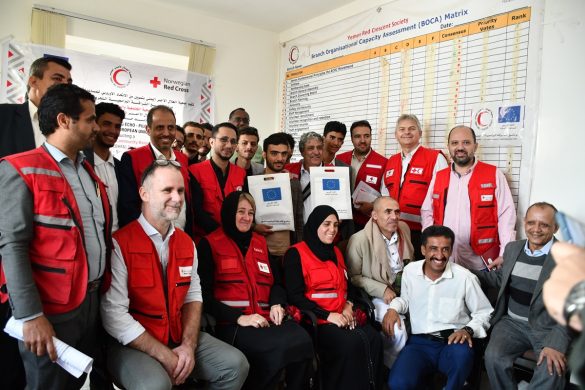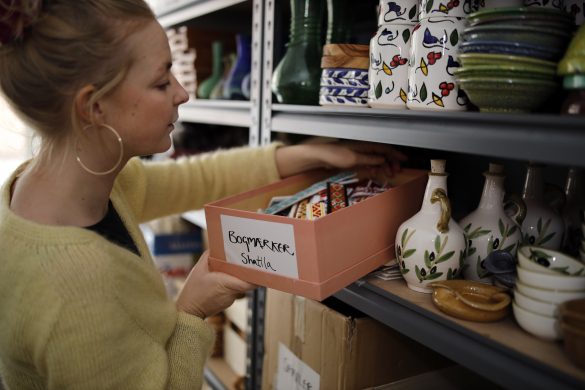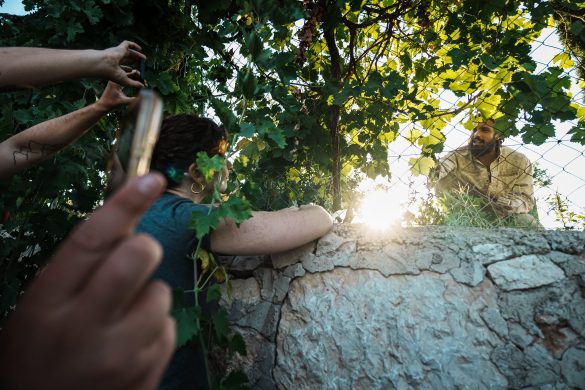Mangel på medicin betyder, at det faktiske dødstal i Syrien er højere end de rapporterede 70.000. Med 1/3 af det plagede lands hospitaler og 90 proent af medicinalindustriens fabrikker lukkede betragtes sundhedsvæsenet som kollapset.
Det siger en rapport fra HelpAge International via ReliefWeb tirsdag.
Some of the DEC (Disasters Emergency Committee) member agencies say there are clinics where up to half the reported deaths have been from normally treatable chronic conditions.
Insulin, oxygen (ilt-apparater), anaesthetics (bedøvningsmidler), and intravenous fluids are in desperately short supply, seriously compromising the ability of clinics to provide on-going treatment of chronic diseases.
Aid agencies believe that factoring mortality from chronic diseases in would push official death tolls much higher.
Syria’s pharmaceutical industry was concentrated in Aleppo and rural Damascus, areas that have been badly affected by the conflict. Drug production has stalled, and after more than two years of fighting supplies are running dangerously low.
Drugs like insulin and specialist care like dialysis and chemotherapy are now unavailable for the majority of people who need them. Where they can be bought, prices on the black market have skyrocketed making them unaffordable for all but the wealthiest Syrians.
HelpAge International is currently collaborating with Handicap International on its response to the Syrian refugee crisis in Jordan.
The organizations are using their expertise to identify the needs of the most vulnerable groups affected by the conflict in Syria, including older people and people with disabilities, to ensure they can get essential relief services.
Læs hele historien på ReliefWeb igennem kildelinket.














